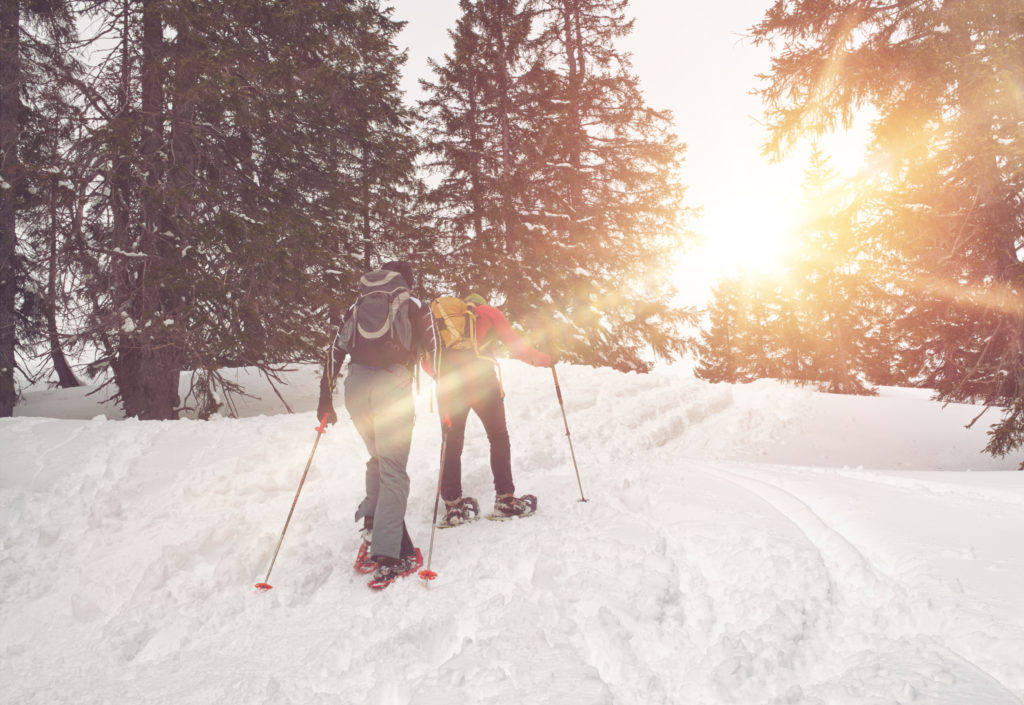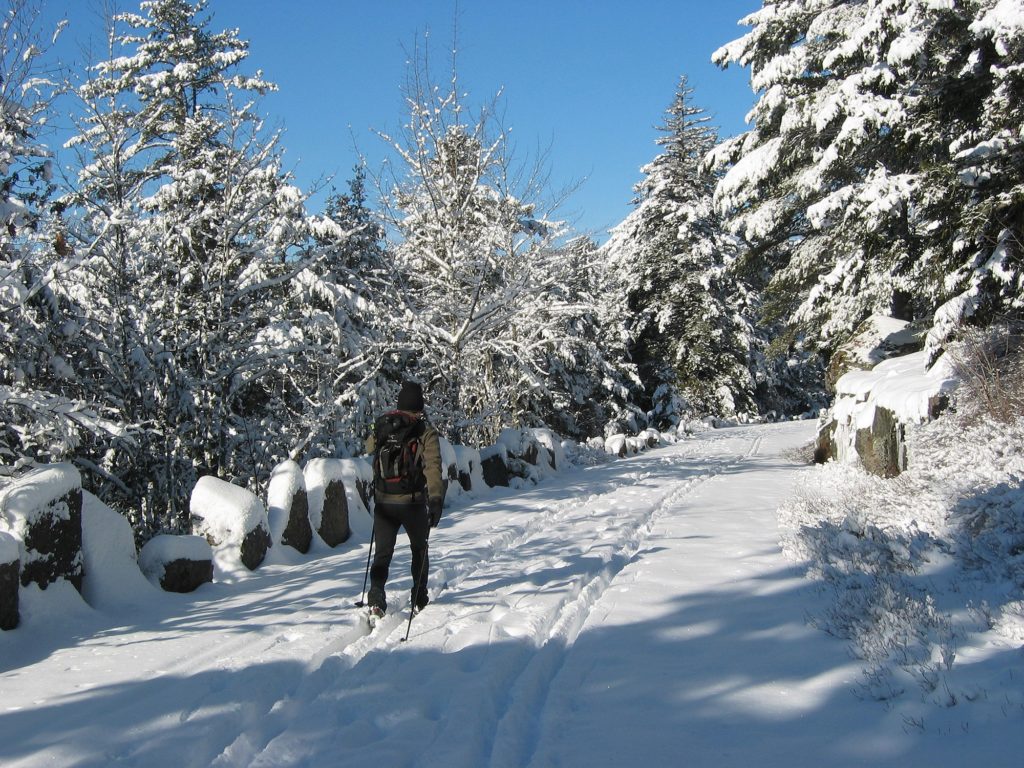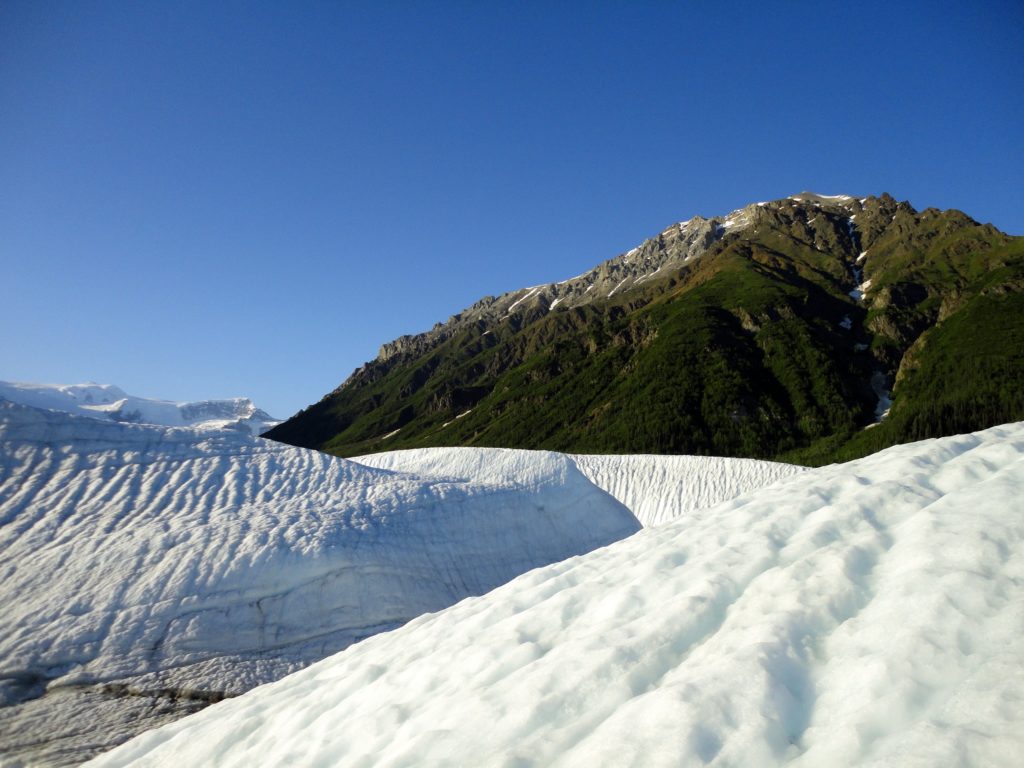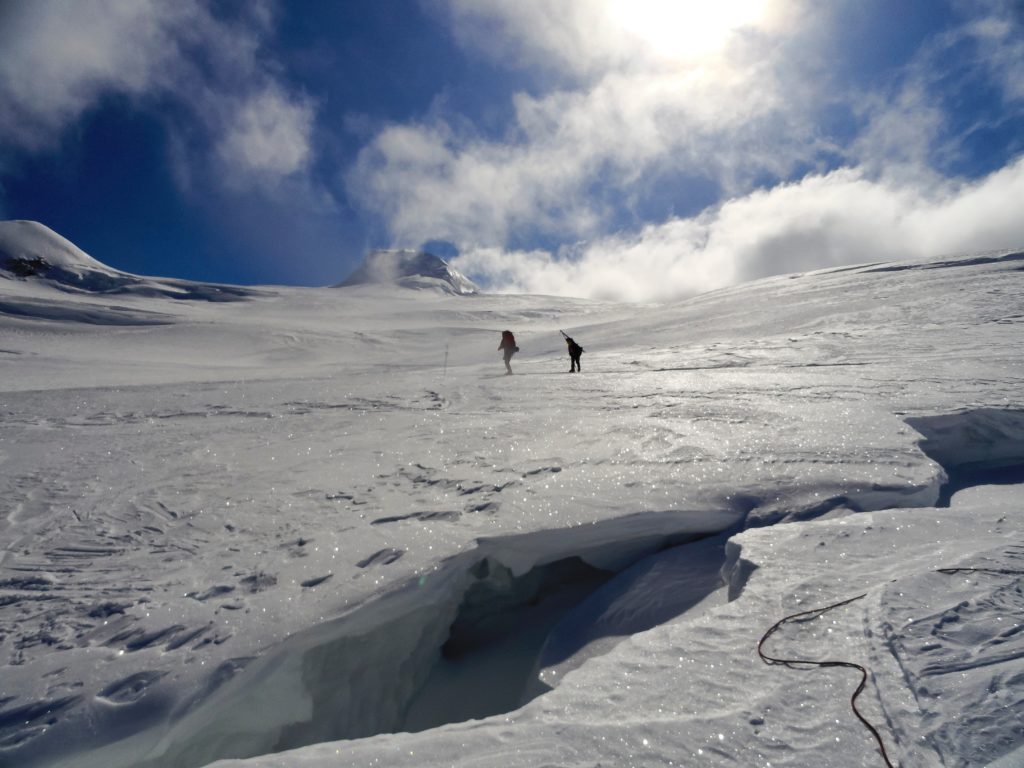Floating across the frozen backcountry on snowshoes is a unique way to see the wilderness. But finding a place to go out and enjoy the snow can be hard. A good summer hiking trail may not be a good snowshoe hike, but areas that are hard to access in the summer can become ideal playgrounds in the winter.
As a rule, steep terrain is out of the question in heavy snow. Snow angled steeper than 30 degrees is avalanche terrain. If that wasn’t enough to keep your snowshoes on more level snow, taking uphill steps in snowshoes is difficult, even with a heel lift.
While walking in snowshoes will feel clunky at first, they keep you from postholing, or falling into deeper snow drifts. Snowshoes make the backcountry accessible, even in the deepest, most powdery snow. Just be careful to ease into it and let your way of walking adjust to the snowshoes.

If you decide to head outside in the snow, here are some suggestions for snowshoe-friendly hikes across the colder parts of America. These hikes focus on national parks for several reasons: they offer reliable access, park staff can provide real-time information on snow and trail conditions, and emergency services are closer than at other locations.
Always make a plan, let others know it, and carry the right gear for the conditions. And one more tip from someone who has spent many cold days in the wilderness: a thermos full of coffee is often worth the extra weight!
Mt. Rainier National Park, Washington

Photo courtesy of the National Parks Service.
Stunning in all seasons, Washington’s Mt. Rainier National Park deserves attention from any fan of the snow. With trails ranging from easy to tough, there’s a snowshoe hike for most skill levels.
Looking for a beautiful introductory hike? The Nisqually Vista Trail is only a mile, and stays flat and level. The views are amazing on this kid-friendly hike, as the route takes you near the snout of the retreating Nisqually Glacier.
Beginners can also opt for a ranger-guided snowshoe walk, if you’re concerned about heading out into the wilderness on your own.
More ambitious hikers can try Carbon River or the Reflection Lakes, both of which take longer and involve more vertical climbing.
Acadia National Park, Maine

The old carriage roads of Acadia National Park make ideal snowshoe trails, especially when you consider that the National Parks Service grooms the trails. All told, the prepared trails run approximately 45 miles through forests and by lakes.
Note, the NPS also lays down ski tracks on some of the groomed trails. A snowshoer should stay off the ski tracks. They will slow you down and mess up the tracks for skiers.
Acadia is one of Maine’s highlights, right outside of Bar Harbor, another worthwhile destination.
And the best part of seeing Acadia by snowshoe? No mosquitoes.
Wrangell-St. Elias National Park and Preserve, Alaska

Tucked into a corner of Alaska that abuts Canada, Wrangell-St. Elias is something else. With soaring peaks, ancient glaciers, and icefalls the size of skyscrapers, the place defines “grandeur.”
And winter only improves the landscape. Bear in mind that the park is split into two halves, Nabesna in the north and McCarthy in the south, so you’ll have to choose which part you want to see. Both offer world-class hiking and are frigid in the winter. Bundle up for this adventure.
In the McCarthy area, the trails around the old Kennicott copper mine are stunning and take hikers along the Root Glacier. The glacier is NOT safe to cross in the winter without special training and equipment.
Up north around Nabesna, the Caribou Creek Trail offers stunning views on a clear day. But with generally more flat terrain than the south end of the park, an experienced hiker can explore off trail.

Hiking in Alaska in the winter is different than most other places. Much of the state is a muskeg, a sort of mossy swamp that is nearly impossible to traverse in the summer. I have sunk up to my chest in muck while trying to line a canoe up a creek, but in the winter, the muskegs are some of the best hiking available. Everything is frozen and snow covered, making parts of the state (like the Mat-Su Valley) accessible.
Also, this far north, the days are very short around the solstice. The ideal time to see Alaska all draped in white is March, when the cold is still in full force, but the days are longer.
Hiking in the winter shows off the wilderness at its most beautiful — and also most brutal. But that is no reason to huddle indoors. Plan and prepare, then strap on the old snowshoes and walk around the woods.
Seeing the world covered in snow, and often devoid of crowds, has a way of making even sub-zero temperatures worth the effort.
This article was originally published Jan. 10 2020, on Coffee or Die.








Comments